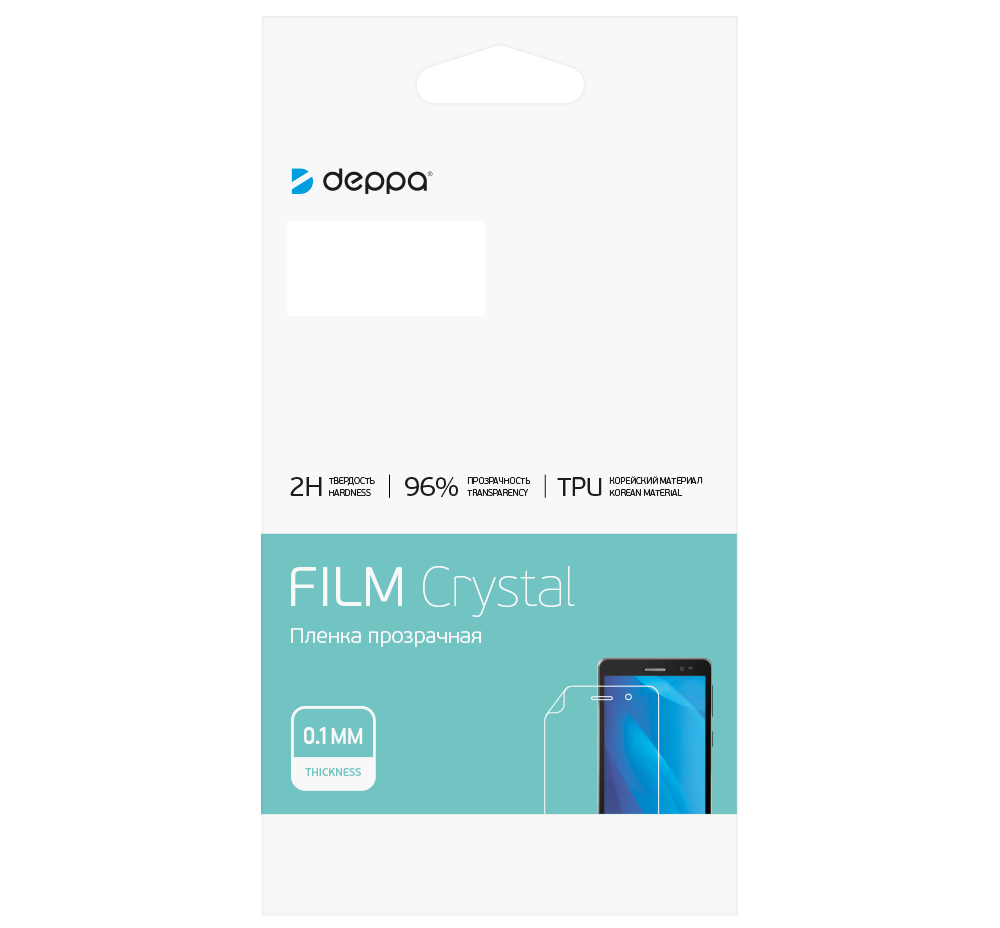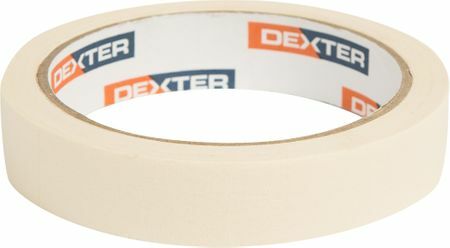Elegant look made popular panel radiators. First, they gave way to iron of performance and efficiency, but over time, improved technology, as well as the products themselves.
Content:
- Device
- Design
- Types of panel radiators
- Features of panel radiators
- connection Methods
- Pros and cons of panel radiators
- Mounting and fixing
Device

This process consists of several stages.
- Panels are punched from sheet steel, whose thickness comes to about 1.25 millimeters.
- Production convectors with a U-shaped form. They are necessary to increase the heat transfer. Base - steel sheets 0.3-0.5 mm thick.
- Two stamped panels are connected with each other.
- Convectors are attached to these panels.
- Mount valves to crash into a wall radiator.
- Steel structure surface covered with paint.
- Coloring panel surfaces - an important stage in the production process. Quality in the future is determined by how the protective coating has been applied.
- Steel influenced corrosion. Especially when in the environment of high humidity. Because it can not be used without high-quality paint, which will provide reliable protection.
The surface of the paint in several ways:
- According to the cathode electrophoresis technology. This technology is used by those who make road transport.
- Anode electrophoresis.
- The traditional way, involving immersion in the dye composition.
Cathode electrophoresis - technology, ahead of the other. It provides reliable coverage, durability and high resistance.
The technological process consists of three stages:
- Coating the finest steel coating which consists of zinc phosphate and manganese. Thereby increasing the resistance to metal corrosion. Operating radiators term also increases.
- Then the radiators are immersed in the coloring composition. Transferred to the staining method of cathode electrophoresis. To connect the positive electrode capacity with a paint. A panel itself connected to the negative. When the formed layer was uniform, the process stops at the surface. This becomes an insulating layer.
- Third step - coating epoxy powder on the paint layer. At high temperatures the material is melted. Formed quality gloss finish with a predetermined color. It does not yellow or fade, resists high mechanical loads.
The main rule - during the application does not use compounds which have heavy metals and formaldehyde. The solvent is required, but in an amount not less than 2 percent. Its content is increased to 9.10 percent if less advanced method uses anodic electrophoresis.
If the solvent is low, the base when heated it does not emit substances that could harm human health.
The test load passes after completion of the dyeing. Tests involve molding, during which the pressure is maintained at 1.3 MPa. If the product is being tested - guaranteed stable operation for 10-12 years. Be sure to ask how to apply paint to the surface.
Special attention is given the overall quality of the coating. Essential homogeneity, flatness. Manufacture of unfair to say the difference between the color of the back and outside.
Design

Radiators consist of 1, 2 or 3 panels. To create each of them use stamped metal plate. Between the plates themselves are welded together on a contour. vertical channels inside the plates are formed during stamping. These channels and become the main route on which there is a heat transfer fluid.
Finished plates are joined by seam welding. used special pipesIf you have installed more than one panel. Allowed consolidation of the plate convectors between the panels in order to increase heat transfer.
The gaps on the sides closed grates, covers, when the panel stands not alone.
Heat transfer devices is improved by fins. The second digit in the marking will tell how many edges inside the structure. The number of panels themselves indicates the first digit.
- 10 - ribs are absent.
- 11 - 1 is supplied with a number of ribs.
- 22 - two rows.
- 33 - 3 rows.
The panels are of different lengths and heights. Minimum height - 30 cm, length is the same as the minimum width - 4.5 cm.
Sizes depend on thermal power. The accompanying documentation contains the technical characteristics of the specific model. Some models of heat transfer up to 75 percent, but by convection.
Types of panel radiators

The two-digit number of the marking denotes design belonging to a group under this classification. Convenient solution to understand what design is characteristic for convector and how many panels inside. Each particular model has its own length.
Heat transfer and functional properties directly depend on the design of a particular technology. 10th type of product differs from others in that it does not have convectors. He is only capable of a direct heat transfer from the surface. Heat radiation is also present, but minimal.
There are a few important points that recommended to consider, choosing the right model.
- Not more than 110 degrees is an upper limit temperature at which radiators are operating normally. Batteries last longer if the figure does not exceed 70 degrees.
- 1.0 MPa or 10 bar - the maximum value of the working pressure. Otherwise there is a possibility that the flow will be faster. 9 bar - working pressure for central heating systems. Jumps to 11-12 bar are possible in the case of water hammer. Such a situation dangerous for panel radiators. 1.3 MPa or 13 bar - the maximum rate of pressure during factory testing.
Features of panel radiators
Manufacturers provided a wide range of possible dimensions, width and height. Whereby the device can be matched to any windows and walls, regardless of the characteristics of these structures. The height is in the range 300-900 millimeters. Length - 400-3000 mm.
The power unit is selected depending on the heated area. There is a direct dependence of the size of the place where the radiator is installed.
connection Methods

The contour cut into the bottom or side connection. Defining structure becomes, which has the model.
Side connection is performed on the right or the left. In the process of connecting is no big deal.
Radiators with bottom connection - a decision that is considered universal. They have a special temperature controller that allows you to control the indoor climate.
Lower connectivity option makes it possible to hide tubes in the wall to improve the appearance of the room.
V icon on the package and the surface indicates that the radiator support is the bottom-up method.
Such devices are more expensive compared to available analogs.
Pros and cons of panel radiators

Positive sides
- Ease and speed of installationThat explains the integrity of the structure. Enough to hang on the brackets units, connected to the heating circuit. Work completed.
- A major factor in getting a high rate of heat transfer. The metal has good thermal conductivity, which allows us to achieve a better result. A small thickness also is useful. If the heated air circulates through the convectors, the room warms up quickly.
- A small amount of coolant ensures economy of use for autonomous heating systems. The lower the coolant moves through the pipes, the faster it heats up. Whereby the spends less fuel is to get the right temperature.
Compared with cast iron panel on the device save 35-40 percent more fuel.
- It is safer to use than cast iron construction.
- Elegant appearance, which is not able to spoil the interior.
Disadvantages of panel radiators:
- In emergency situations, the integrity stands disadvantage. In this case, the panel will have to change. FROM sectional models such difficulties arise, they can only be removed part.
- Low resistance to stress during water hammer. differential pressure can not withstand even the most reliable welding. To preserve the reliability, experts recommend to mount the gearbox for heating the coolant entering the circuit. This will prevent leaks and further damage. But this is not a significant disadvantage for autonomous systems. They are the critical differences are absent.
- Inability to resist corrosion. A disadvantage manifests itself only when the low quality radiatorsDiffering poor coverage.
- To clean coolants imposed strict requirements. Narrow plates are provided with internal channels. Because they clog small inclusions and dirt. When connecting the housing to the central heating system coolant purity is guaranteed by no means always. After all, the water flows through the radiators, and pipes different quality and age.
- You need to be careful when transporting products to conserve battery integrity. Radiator spoiled by the slightest shock. Scratches left on the surface leads to the fact that corrosion spreads along the surface.
Mounting and fixing

Elements for the installation:
- Adapters.
- A stub.
- Fasteners.
- Majewski Crane.
Thanks to the complete set do not need to separately search for details, and spend the extra money. Problems with the installation does not occur if the buyer will not save on cheap goods do not have a certificate of quality.
The allowable minimum distance to the floor sill or equal to 10 cm. capacity of the device is increased by 5-10 per cent, if the gap is less.
Design complemented by plates having the shape of the letter P. Available in a kit for 1-3 pieces. They need to provide air movement. To avoid air pockets are mounted structure in a horizontal position.
On the wall behind the radiator sometimes glued aluminum foil to increase heat transfer.
Majewski faucet is opened to remove excess air. This operation is carried out systematically. The packaging material can only be removed after checking the functionality of the device. We recommend washing the old system, if a new radiator installed in it.



